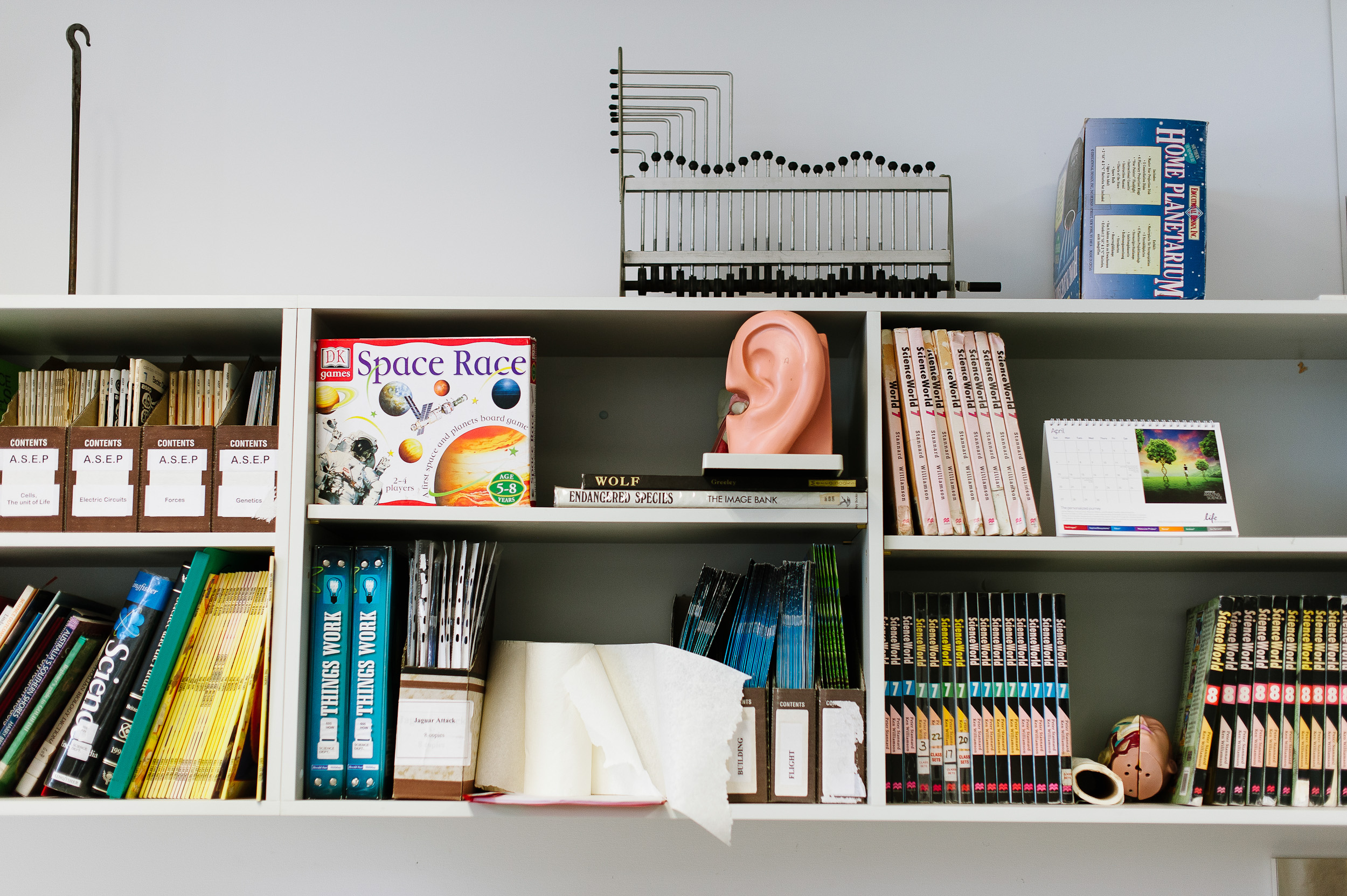Skip to:
- Give Today
- Contact Us
- Media
- Search
News & Stories
Leadership Development Program
Undergraduate Teaching Program
Common search terms
Seventeen different jobs.
Five different industries.
These are the latest numbers being bandied about as what my Year 11 students can expect their careers to look like.1
There’s more. The Foundation for Young Australians says that 70% of school leavers will enter the workforce into a job that will soon be lost or automated.2
Early prophecies foreshadowed a disproportionate automation of low-skilled jobs. That was until the rapid development of Artificial Intelligence threatened the present reality of even the haughtiest professions.
So it seems that, as Nobel Laureate, Nils Bohr, pointed out: “Prediction is very difficult, especially if it’s about the future.”
Working papers are piling high. Infographics are being generated at a rate that even vague political rhetoric has trouble keeping up with. The only certainty appears to be uncertainty.
When it comes to figuring out the future employment pathways of our students, all we seem to be able to agree upon is that we have no idea.
This leads to the questions that are increasingly being asked of systems, schools and teachers:
How can we prepare students to work in such a rapidly changing environment?
How can we prepare students for a career path that is so different to anything we’ve known since the industrial revolution?
How can we prepare students for jobs that don’t exist yet?!
Well, we can’t. And, in my view, that’s darn good news!

Ever since my school days, the pressure placed on young people to gear their learning towards a particular professional pathway has frustrated me.
I have found myself in a profession that I love. Even so, the prospect of staying in the one job for the rest of my days is terrifying.
After just two weeks into my first university degree I dropped out of the course. I found myself suddenly restricted in my study of Theatre and Communications.
I know, I know – you were bracing yourself for one of those stories of the hard done by upper-middle class white kid who was pressured into a law degree. I couldn’t even deliver on that level of hardship.
I resisted the urgings of career counsellors to pursue law or medicine. I still found myself in a program where I couldn’t study History or French. They were two of my favourite subjects at school.
So I took a year off and came back to study a Bachelor of Arts. It didn’t make a whole lot of sense. I had the marks to get into many more prestigious courses or something with clearer links to a specific industry.
I had no real idea what the point of studying History and French would be. All I knew was that I enjoyed learning that stuff. It was interesting and hard and fun and it bent my brain in all different ways.
That was reason enough.
That’s what I want for my students.
I don’t like the concept of the transactional relationship. It is borne of the idea that I am in the classroom only to give my students knowledge and skills that will relate to one role.
I like even less the consequent idea that anything else I might ask them to think about is superfluous and irrelevant.
Where I teach in the ACT, the secondary system is split in such a way that my students are asked to choose a tertiary or non-tertiary pathway at the age of 15.
In far too many cases, this is a decision that is informed by perceptions of their existing academic ability. It excludes a genuine preference about further study.
There are instances where students at this age have identified a genuine passion to pursue a trade, for example. It is far more common that students are counselled into non-tertiary pathways because they have struggled to achieve high grades.
This has far-reaching consequences in terms of their options, outlook and attitudes towards schooling. But this is only at the pointy end.
Students are urged from as young as primary years to plan for their future careers and most of their years of schooling thus become a tool for reaching particular employment outcomes.
But what happens when employment outcomes become a blurry unknown – at a time like now?
Education gets to be about education.
Our role as teachers doesn’t need to be focused on creating tomorrow’s lawyers or accountants or landscape architects. No-one knows if those jobs will exist in 10 or 20 years’ time! Even if they do, those occupations are unlikely to look like they do now.
Our role, more than ever, becomes about teaching students how to think and how to learn.
Of course, ensuring students are employable is part of our purpose, but no longer does it need to be the central theme. The uncertainty – not only about what jobs and how many, but about what the nature of work might even be in the future – means we need to focus on educating students for all of life.
It’s impossible to prepare a student for a job that doesn’t exist yet. So we must instead prepare students to learn anything – and to be open to learning anything!
We must work, of course, to develop students’ critical thinking, problem-solving skills, creativity and communication but we must also work to develop their resilience, flexibility, ability to collaborate and their drive to push themselves and explore new things.
As teachers, we can focus more than ever on cultivating a love of learning. This means that my work gets to become less about convincing that student that writing an essay on Pompeii will benefit his intended future work as a bricklayer.
Instead, it becomes more about getting students excited about learning just because learning can be interesting and hard and fun and it bends your brain in all different ways.
[1] http://www.smh.com.au/comment/australian-youth-are-not-prepared-for-the-future-workforce-20160501-gojiji.html
[2] http://www.fya.org.au/wp-content/uploads/2015/08/fya-future-of-work-report-final-lr.pdf